#treesplanted
Explore tagged Tumblr posts
Video
How to Prune a Bonsai Banyan Tree | Bonsai tree cutting by trees plants ... How to Prune a Bonsai Banyan Tree | Bonsai tree cutting by trees plants info #savetrees#treesplant
0 notes
Photo

Tree of the Week: Greenspire Littleleaf Linden 🌳 . This is likely the tree people think of when they think #linden 🍃 . Check it out on our blog #now❗️ . #itrees #itreeschicago #chicagoland #illinoistrees #chicagotrees #lindentrees #floweringtree #shadetree #trees #itreestreeoftheweek #treeoftheweek #treesdelivered🚛 #treesplanted https://www.instagram.com/p/ByVZ9A0FtxW/?igshid=12t2e8qeoz7ir
#linden#now❗️#itrees#itreeschicago#chicagoland#illinoistrees#chicagotrees#lindentrees#floweringtree#shadetree#trees#itreestreeoftheweek#treeoftheweek#treesdelivered🚛#treesplanted
1 note
·
View note
Photo
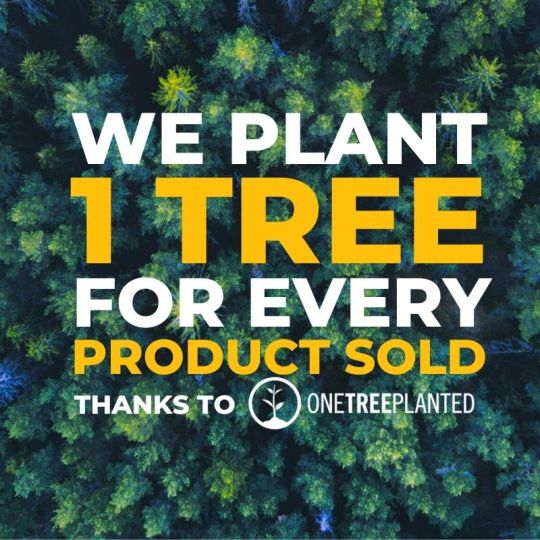
Did you know? 👀 We plant 1 tree 🌳 for every product sold? Help us continue to make a difference and helping to save the environment ✨🙏😊t🌳 #weplanttrees #plantatree #savetheenvironment #trees #treesplanted #makeadifference #dancingorchidsoapwrk (at Dancing Orchid Soapworks) https://www.instagram.com/p/CjdTOq1OQ9N/?igshid=NGJjMDIxMWI=
0 notes
Text
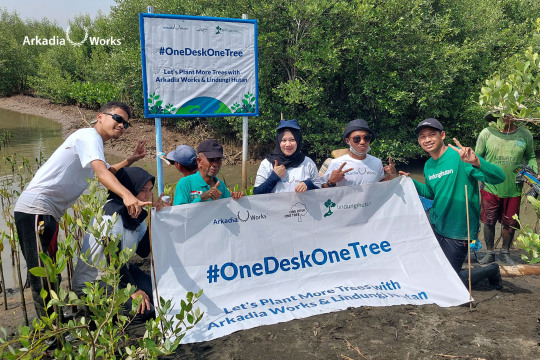
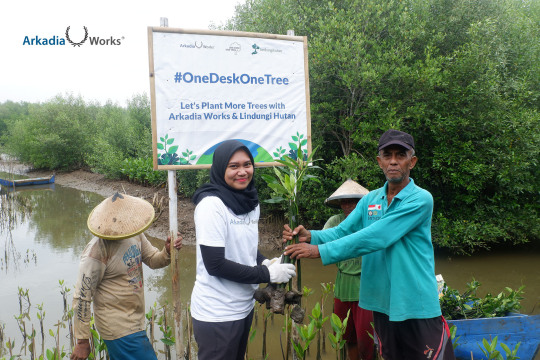
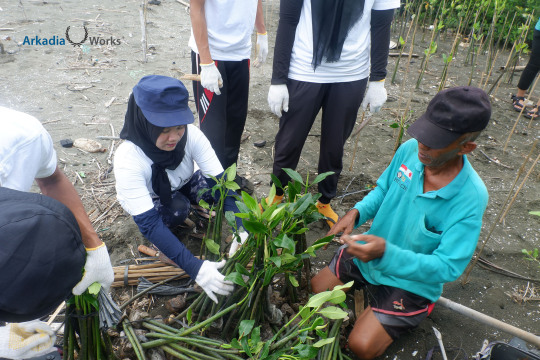
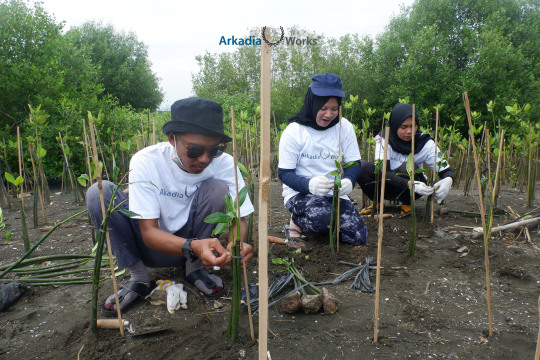
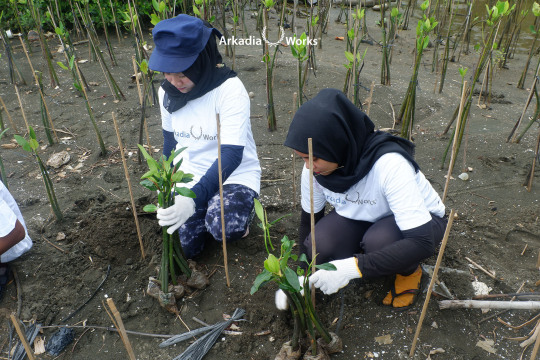
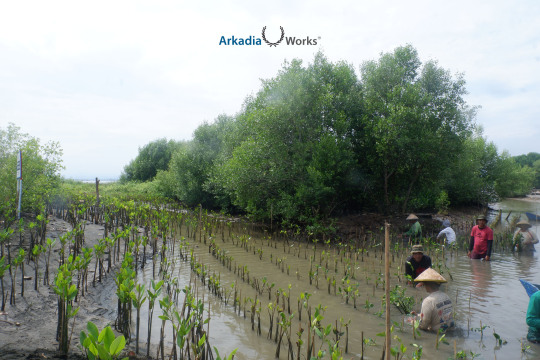
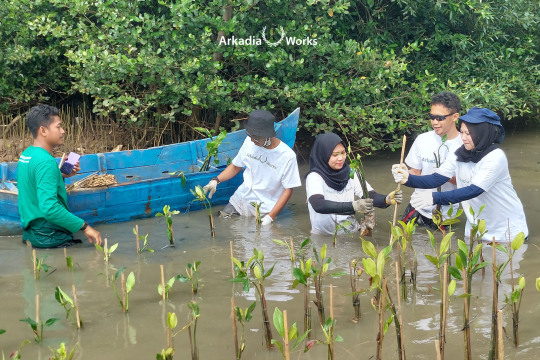
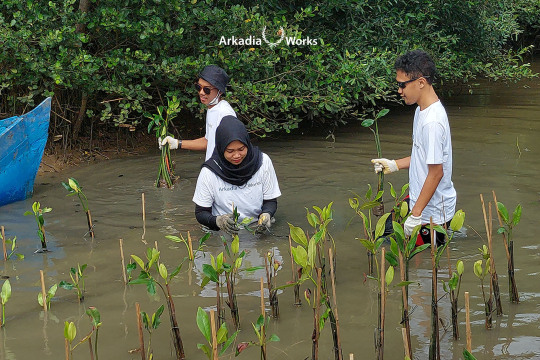
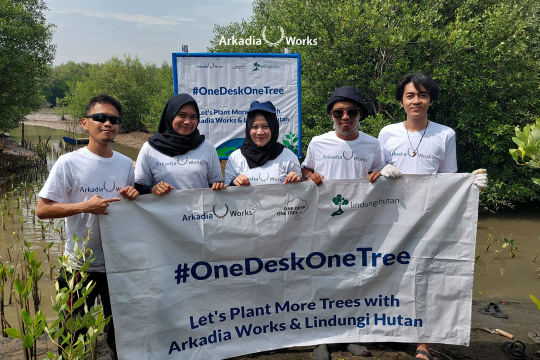
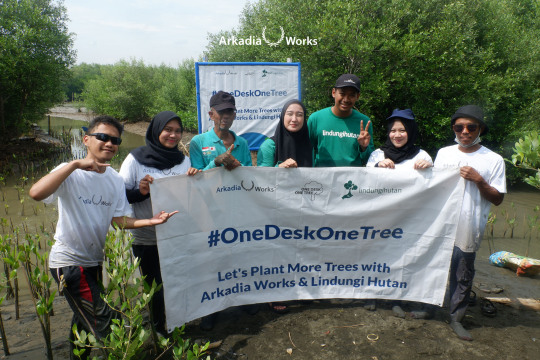
Arkadia Works sebagai perusahaan yang memiliki misi pembangunan berkelanjutan melakukan berbagai upaya untuk memberikan dampak positif dimana salah satunya adalah untuk mendukung kelestarian lingkungan.
Melalui program CollaboraTree, kami bekerja sama dengan Lindungi Hutan untuk menanam 1000 pohon mangrove di Pantai Mangunharjo, Semarang yang bertujuan untuk mengurangi dampak abrasi pantai.
Program ini juga merupakan bagian dari inisiatif "One Desk One Tree" dari Arkadia Works, yakni berupa penanaman satu pohon untuk setiap meja kerja yang dihasilkan dari karya-karya kami sebagai bentuk kepedulian terhadap bumi kita.
Kamu juga bisa ikut berpartisipasi dalam penanaman mangrove di Pantai Mangunharjo, Semarang loh! Klik link berikut ya!
https://lindungihutan.com/arkadiaworksmangunharjo
Selamat Hari Menanam Pohon Indonesia!
#arkadiaworks#HariMenanamPohonIndonesia#Gerakan1JutaPohon#OneDeskOneTree#officeinterior#interiordesign#officedesignjakarta#officeideas#mangrovetrees#socialresponsibility#sustainability#treesplanting
0 notes
Photo
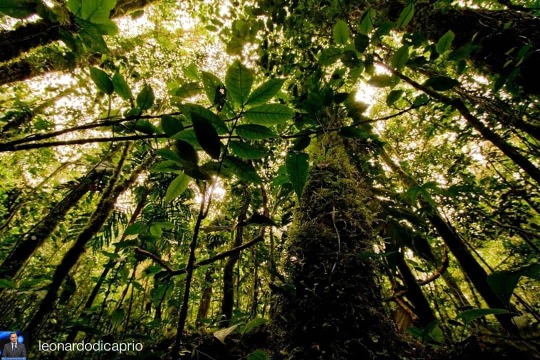
Reposted from @leonardodicaprio Protecting 30 percent of the planet in the most important places for biodiversity and climate by 2030 will require greater ambition, innovation and collaboration among governments, companies, civil society, and Indigenous and local communities. The new statement issued at #COP26 last week on advancing support for Indigenous peoples and local communities' tenure rights and forest guardianship is a step in the right direction. "This public-private joint commitment is an important step toward increasing support for the self-determined priorities of Indigenous peoples and local communities, and to securing or strengthening their customary tenure rights, as guardians of some of the world's most intact and thriving forests," says the response from the Protecting Our Planet Challenge, which includes @rewild. #TheEnvironmentalBoy #leonardodicaprio #climateactivist #climatechangeisreal #climatechangegreen #gobalclimatestrike #gogreen #COP26 #earth #ozonelayer #ozone #ozonehole #trees #treesplantation #treestreestrees #planttrees https://www.instagram.com/p/CWRAe00s1_b/?utm_medium=tumblr
#cop26#theenvironmentalboy#leonardodicaprio#climateactivist#climatechangeisreal#climatechangegreen#gobalclimatestrike#gogreen#earth#ozonelayer#ozone#ozonehole#trees#treesplantation#treestreestrees#planttrees
0 notes
Photo
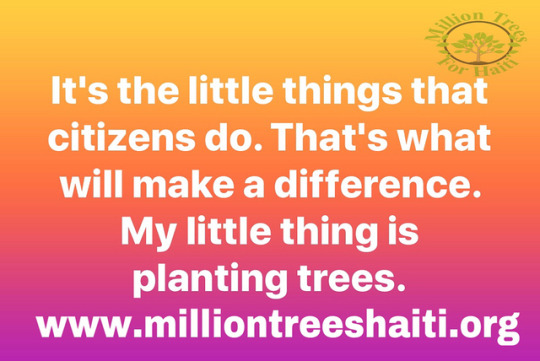
It's the little things that citizens do. That's what will make a difference. My little thing is planting trees. #treesplanting #nyfriendsofhaiti2010 #haitireforestationcannotwait #milliontreeshaiti #climatechange #socialgood #haiti #jacmel #1mplv #reforestation #reboisement #friendsofhaiti2010
#climatechange#socialgood#milliontreeshaiti#reforestation#treesplanting#haiti#nyfriendsofhaiti2010#haitireforestationcannotwait#friendsofhaiti2010#reboisement#jacmel#1mplv
5 notes
·
View notes
Photo
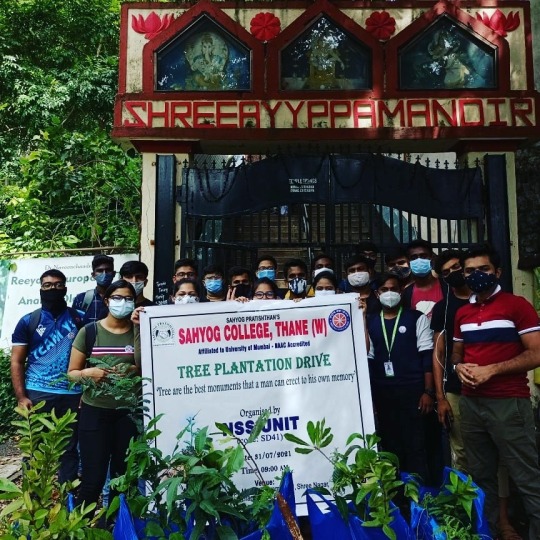
Tree plantation drive 2021 conducted by NSS unit of @sahyogcollege #trees #treesplantation #socialresponsibility #conserveforests #saveearth #students https://www.instagram.com/p/CSBH-5PIMIo/?utm_medium=tumblr
0 notes
Photo
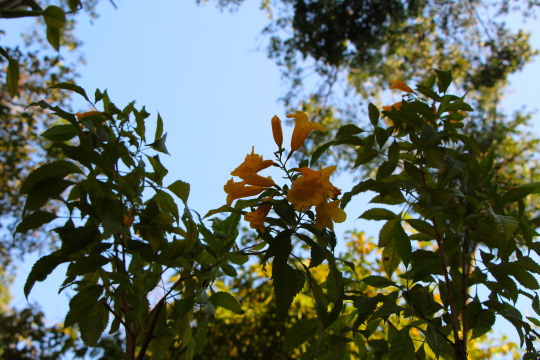
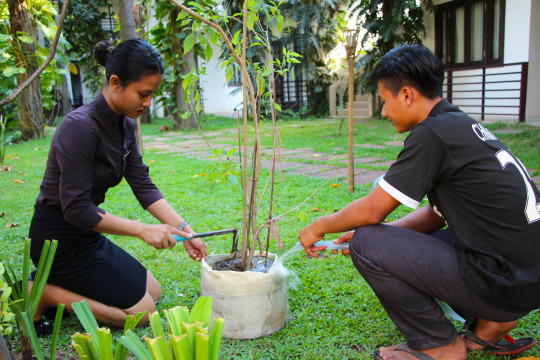
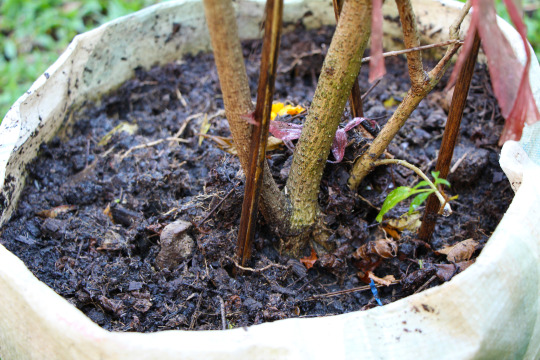
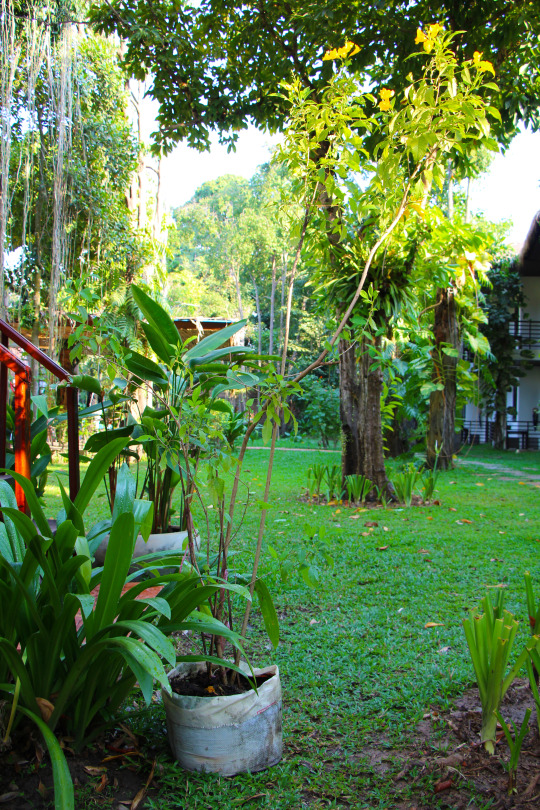
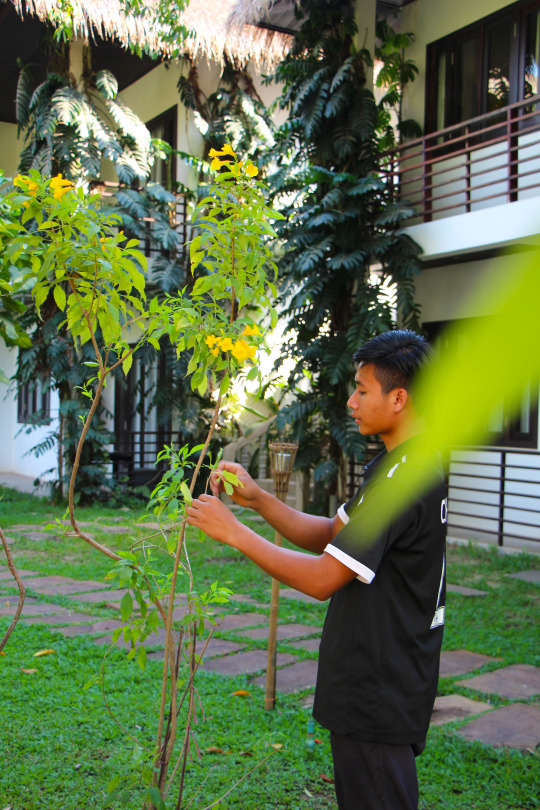
The hot☀️season is now getting closer day by day in Cambodia as well as in the tropical region of Southeast-Asia and we believe that the environment needs more greenery, shrubbery and more trees planting in order to sustain the life for the human being, feeding the fresh breeze on the planet 🌎 and other animals🐦🦋🐛that rely on the trees to settle the life🌼🌺.
Despite we used to plant the trees🌿 🌳in the city, along the river and other protected regions with the group of nature lovers and environmentalists but we still need to keep on as nature provides the boundless sources and benefits for all of us.
We are ready for tomorrow trees planting with other nature lovers partners. And you👋?
#planttrees#treesplant#planting#greenresort#greensiemreap#greenearth#greenplanet#greennature#greenday#freshviews#environment lovers
0 notes
Photo
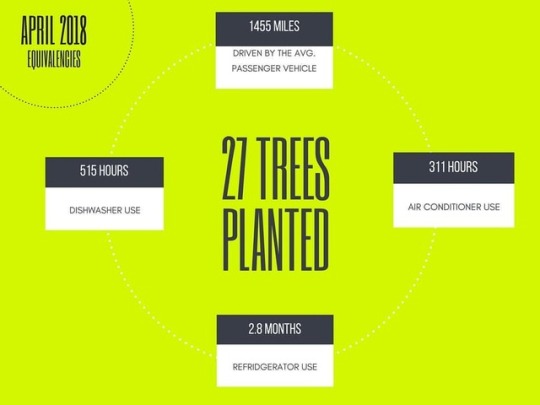
27 #TreesPlanted from your purchases in April! Here is how that's making an impact! 🌲🌎🌲 Let's keep up the fight!
0 notes
Text
St. Thérèse of Lisieux Novena 2022, Day 5: Peace in God
St. Thérèse of Lisieux Novena 2022 – Day 5 | St Thérèse described her sister Céline as someone who found God in all of nature, everywhere. In the poem, “Canticle of Céline” she sings, “in Him I found peace forever!”
SCRIPTURE READINGPsalm 1:1–3 Their delight is in the law of the Lord Happy are thosewho do not follow the advice of the wicked,or take the path that sinners tread,or sit in the seat of scoffers;but their delight is in the law of the Lord,and on his law they meditate day and night.They are like treesplanted by streams of water,which yield their fruit in its season,and their leaves do not…

View On WordPress
0 notes
Photo
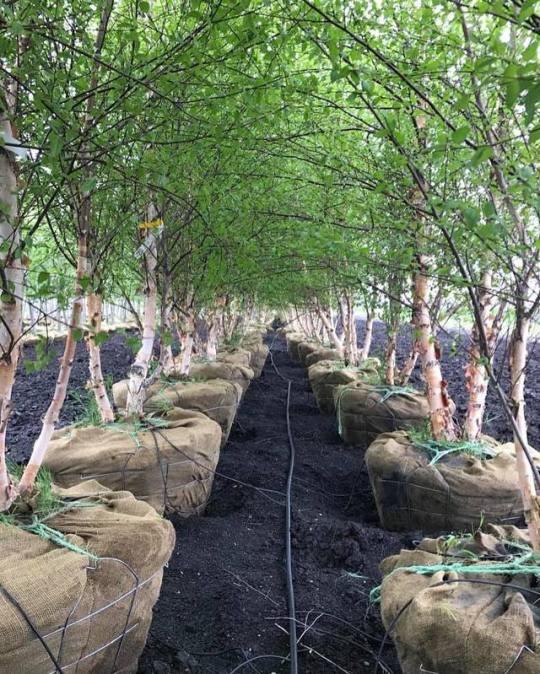
Tree of the Week is BACK!😃 . This week's tree is the popularity contest winner- River Birch 🍃 . This tree has it all and then some! This is one of the best deciduous #trees for screening and privacy. It's versatile in the #landscape and does exceedingly well in wet locations. . Head to our #blog to learn more! . #treeoftheweek #riverbirch #betulanigra #trees #treesrock #treesofinstagram #itrees #itreeschicago #retailtrees #treesdelivered🚛 #treesplanted https://www.instagram.com/p/Bw7RbpYHtIT/?utm_source=ig_tumblr_share&igshid=4lvtplhw1g0c
#trees#landscape#blog#treeoftheweek#riverbirch#betulanigra#treesrock#treesofinstagram#itrees#itreeschicago#retailtrees#treesdelivered🚛#treesplanted
1 note
·
View note
Photo
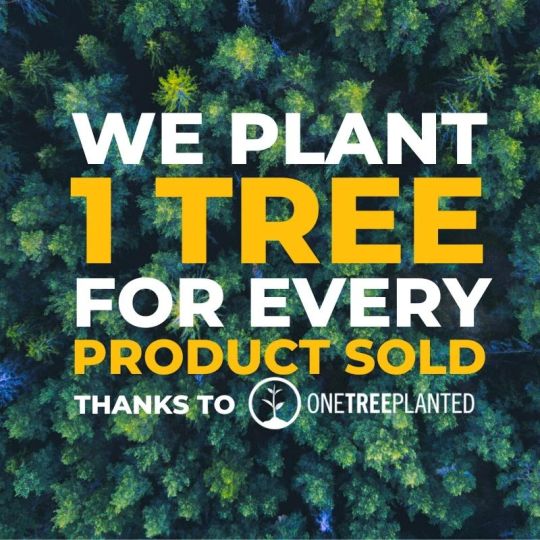
Did you know? 👀 We plant 1 tree 🌳 for every product sold? Help us continue to make a difference and helping to save the environment ✨🙏😊t🌳 #weplanttrees #plantatree #savetheenvironment #trees #treesplanted #makeadifference #dancingorchidsoapwrk (at Dancing Orchid Soapworks) https://www.instagram.com/p/CjdTOq1OQ9N/?igshid=NGJjMDIxMWI=
0 notes
Text
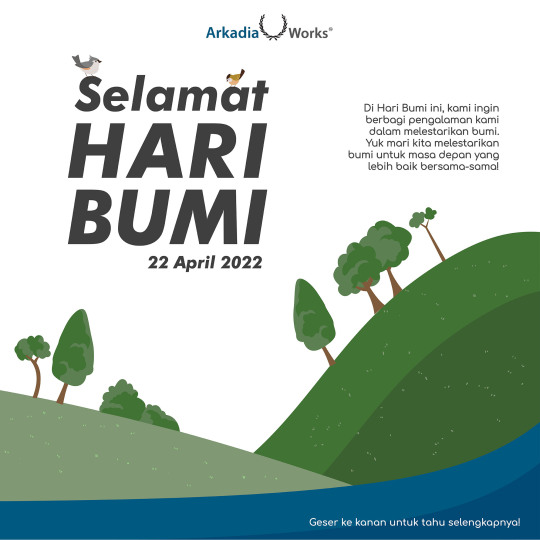
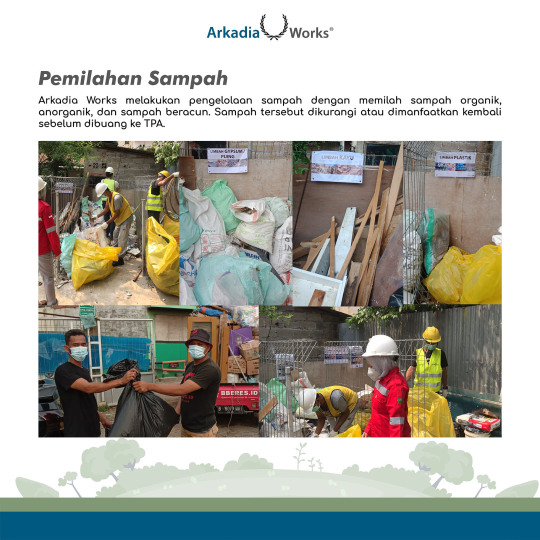
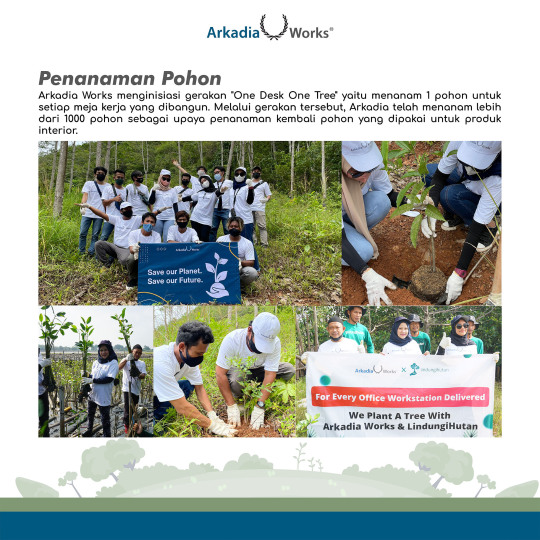







"We do not inherit the Earth from our ancestors, we borrow it from our children"
Selamat Hari Bumi Sedunia!
Yuk mari kita bersama-sama menjaga bumi kita untuk masa depan yang lebih baik!
#arkadiaworks#HariBumi#HariBumiSedunia#SaveTheEarth#Earth#GlobalWarming#SaveEnergy#GreenBuilding#officeinterior#interiordesign#officedesignjakarta#officeideas#mangrovetrees#socialresponsibility#sustainability#treesplanting
0 notes
Photo





Never Underestimate the Intelligence of Trees
Plants communicate, nurture their seedlings, and get stressed.
Nautilus Brandon Keim
Consider a forest: One notices the trunks, of course, and the canopy. If a few roots project artfully above the soil and fallen leaves, one notices those too, but with little thought for a matrix that may spread as deep and wide as the branches above. Fungi don’t register at all except for a sprinkling of mushrooms; those are regarded in isolation, rather than as the fruiting tips of a vast underground lattice intertwined with those roots. The world beneath the earth is as rich as the one above.
For the past two decades, Suzanne Simard, a professor in the Department of Forest & Conservation at the University of British Columbia, has studied that unappreciated underworld. Her specialty is mycorrhizae: the symbiotic unions of fungi and root long known to help plants absorb nutrients from soil. Beginning with landmark experiments describing how carbon flowed between paper birch and Douglas fir trees, Simard found that mycorrhizae didn’t just connect trees to the earth, but to each other as well.
Simard went on to show how mycorrhizae-linked trees form networks, with individuals she dubbed Mother Trees at the center of communities that are in turn linked to one another, exchanging nutrients and water in a literally pulsing web that includes not only trees but all of a forest’s life. These insights had profound implications for our understanding of forest ecology—but that was just the start.
Tree Whisperer: “I think that we’re so utilitarian with plants and we abuse them to no end. I think that comes from us having our blinders on. We haven’t looked,” says forest ecologist Suzanne Simard (above). Photo credit: Jdoswim / Wikimedia.
It’s not just nutrient flows that Simard describes. It’s communication. She—and other scientists studying roots, and also chemical signals and even the sounds plant make—have pushed the study of plants into the realm of intelligence. Rather than biological automata, they might be understood as creatures with capacities that in animals are readily regarded as learning, memory, decision-making, and even agency.
This can be difficult to wrap one’s head around. Plants are not supposed to be smart, at least not according to the rubric of traditions known as western thought. There’s also a case to be made that, while these behaviors are indeed extraordinary, they don’t map neatly onto what people usually mean by learning and memory and communication. Perhaps trying to define plants’ behavior according to our own narrow conceptions risks obscuring what is unique about their intelligence.
It’s a rich and fascinating debate, one that won’t be answered without a great deal more research—and that research ought to be conducted with an open mind to the possibility that plants have minds. Simard spoke with Nautilus from her office at the University of British Columbia about the horizons of her work.
To get the ball rolling, can you tell me about Charles and Francis Darwin’s root brain hypothesis?
Behind a growing root tip is a bunch of differentiating cells. Darwin thought those cells determined where roots would grow and forage. He thought the behavior of a plant was basically governed by what happened in those cells.
The work I and others have been doing—looking at kinship in plants, how they recognize each other and communicate—involves the roots. Except now we know more than Darwin did; we know that all plants, except for a small handful of families, are mycorrhizal: The behavior of their roots is governed by symbiosis.
It’s not just those cells at a plant root’s tip, but their interaction with fungus, that determines a root’s behavior. Darwin was onto something. He just didn’t have the full picture. And I’ve come to think that root systems and the mycorrhizal networks that link those systems are designed like neural networks, and behave like neural networks, and a neural network is the seeding of intelligence in our brains.
You’ve written that what makes neural networks so special is their scale-free character, which plant networks share as well. What does scale-free mean? Why is it so important?
All networks have links and nodes. In the example of a forest, trees are nodes and fungal linkages are links. Scale-free means that there are a few large nodes and a lot of smaller ones. And that is true in forests in many different ways: You’ve got a few large trees and then a lot of little trees. A few large patches of old-growth forest, and then more of these smaller patches. This kind of scale-free phenomenon happens across many scales.
You can smell the defense chemistry of a forest under attack. Something is being emitted and plants and animals perceive that and change their behaviors.
Do you see scale-free networks at the level of individual trees, too, in the interactions within a single root system?I haven’t actually measured that, but there’s many things that you could look at. For example, root size. You’ve got a few large roots that support finer and finer roots. My guess is that they follow the same pattern.
What makes that configuration so special?
Systems evolve toward those patterns because they’re efficient and resilient. If we think of my forest, and the networks I’ve described, that design is efficient for transmitting resources among trees and how they interact with each other. In our brains, scale-free networks are an efficient way for us to transmit neurotransmitters.
There’s something so primally amazing about networks between and within trees having similar properties to the networks in our brains. In the case of our brains, we understand that there’s something about the structure of these networks that gives rise to cognition. What are some examples of plant cognition?
How do you define cognition? I’m asking because there’s a whole group of scientists who say we shouldn’t use that term because it means different things.
Would it be any better if I had used the word “intelligence”?
I’ve used the word intelligence in my writing because I think that scientifically we attribute intelligence to certain structures and functions. When we dissect a plant and the forest and look at those things—Does it have a neural network? Is there communication? Is there perception and reception of messages? Will you change behaviors depending on what you’re perceiving? Do you remember things? Do you learn things? Would you do something differently if you had experienced something in the past?—those are all hallmarks of intelligence. Plants do have intelligence. They have all the structures. They have all the functions. They have the behaviors.
Another word that can be slippery is “communication.” I would define communication as any exchange of information. That’s a very big umbrella; it can apply to, say, the co-evolution of berry coloration and bird tastes, so that over time berry color becomes more appealing to birds and correlates with nutrient properties. That’s communication—but we categorize that differently than we do the alarm calls squirrels give when a hawk approaches, or the conversation you and I are having right now. Where in that spectrum do plant communications fall?
Right in there. And we’re prisoners of our own western science; indigenous people have long known that plants will communicate with each other. But even in western science we know it because you can smell the defense chemistry of a forest under attack. Something is being emitted that has a chemistry that all those other plants and animals perceive, and they change their behaviors accordingly
Putting science on that raises our own awareness that these plants are communicating just like we are. It’s just not a vocal thing—although some people are even measuring acoustics in trees and realizing there’s lots of sounds that we can’t hear, and that could be part of their communication. But I don’t know how far that research has gone. In my own work I’ve looked at the conversation through chemistry.
When you and I communicate, though, regardless of whether it’s through sounds or scents, there are still individuals involved who have internal models of the world. It’s a conversation between conscious individuals, rather than an exchange of information that takes place without some awareness of that information being exchanged. Does that type of communication exist among plants? I’m not trying to reinforce some hierarchy where one type of communication is better than another, but to understand the distinctions.
I think what you’re trying to get at is whether there’s a purposefulness to it
A purpose, and also some locus to receive and direct that purpose. In the animal intelligence world, some philosophers now talk about pre-reflective self-awareness. The idea is that there’s a coherent sense of self, an awareness that you are you, that’s possessed by all animals by virtue of their having senses and some capacity for memory. The moment there’s perception and memory, there’s a self. Do you think plants have a self that is making those communications?
Those are really good questions. Probably the best evidence we have—and keep in mind that scientists have looked at humans and animals a lot longer than plants—is kin recognition between trees and seedlings that are their own kin. Those old trees can tell which seedlings are of their own seed. We don’t completely understand how they do it, but we know there are very sophisticated actions going on between fungi associated with those particular trees. We know these old trees are changing their behavior in ways that give advantages to their own kin. Then the kin responds in sophisticated ways by growing better or having better chemistry. A parent tree will even kill off its own offspring if they’re not in a good place to grow.
When you go and whack off the top of a plant, there’s a huge response there. It’s not a benign thing. Is that an emotional response?
That last example, of a mother tree killing her offspring if conditions are unfavorable, touches on what I was trying to get at. Does the mother tree know she’s doing it? Is there a choice? Can a mother tree choose whether or not to provide care, and then at some level does she know this?
We have done what we call choice experiments, in which we have a mother tree, a kin seedling, and a stranger seedling. The mother tree can choose which one to provide for. We found that she’ll provide for her own kin over something that’s not her kin. Another experiment is where a mother tree is ill and providing resources for strangers versus kin. There’s differentiation there, too. As she’s ill and dying, she provides more for her kin.
We’ve done lots of experiments where we adjust the health of the donor—the mother tree—versus the health of the recipient, the seedling, by altering levels of shade or nitrogen or water. It matters what condition each of them is in; they can perceive each other, and those decisions are made depending on conditions. If we suppress the health of the recipient seedling, the mother tree will provide more resources than if we don’t.
We focus mostly on a one-way thing rather than both ways. It’s hard to manipulate and measure big old trees; we’ve been trapped by the sheer size of trees and how they respond, how we can manipulate them and then measure their responses because they’re diluted against this bigger array of things going on with them. I think we should do those experiments—it seems crazy that it wouldn’t be a two-way perception.
Does a mother tree have a mental image of those seedlings? Of course, a mental image is a very animal-specific concept. But does it have some internal construct, however it’s represented? Is that the same thing as having a memory of the seedlings in the way I have a memory of, say, my cat? I can think about my cat right now even though he’s in another room, not because I’m perceiving him but because I have a mental construct.
You can look at the rings of a tree. The interactions with seedlings affect growth rates; they affect how much water and nutrients are taken up. People can reconstruct this and say, “Oh, this neighbor died over here in this particular year. This tree got released.” They can even compartmentalize those responses in certain parts of the tree trunk. Different plants have different abilities to do that, but the memory is housed in the tree rings of all trees. In conifers, they also house those memories in the chemistry of their needles. An evergreen tree, for example, will hold on to its needles for five to 10 years.
We know old trees change their behavior to give advantages to their own kin. A parent tree will kill off its own offspring if they’re not in a good place to grow.
In research on animal intelligence, there’s long been an emphasis—arguably it’s still there now—on non-emotional and non-affective forms of cognition. Now more and more researchers are also studying emotions, and realizing that those other forms of cognition, like memory and problem-solving and reasoning, are intertwined with emotion.
If you take the neurobiology underlying our emotions out of the equation, then problem-solving and reasoning don’t develop. With plants, most of the research I’ve read has been about the quote-unquote non-emotional side of things. Is there also emotion in plants?
I wish I knew more about emotion and affective learning. That said, let’s say you have a group of plants and stress one out, it will have a big response. Botanists can measure their serotonin responses. They have serotonin. They also have glutamate, which is one of our own neurotransmitters. There’s a ton of it in plants. They have these responses immediately. If we clip their leaves or put a bunch of bugs on them, all that neurochemistry changes. They start sending messages really fast to their neighbors.
Is that an emotional response? I guess it is. But I can hear my botanist side saying, “That’s not an emotion. That’s just a response.” But I think we can draw these parallels. It comes down to language again, to how we apply this language to look at these responses in plants.
I think bridging that communication gap is important so that people realize that when you go and whack off the top of a plant, there’s a huge response there. It’s not a benign thing. Is that an emotional response? It’s certainly trying to save itself. It upregulates. Its genes respond. It starts producing these chemicals. How is that different than us all of a sudden producing a whole bunch of norepinephrine?
Are there things we’re missing in plants because our concepts of intelligence are drawn from humans and from animals? There could be whole ways of being we don’t even have words for.
I think that we are. I think that we’re so utilitarian with plants and we abuse them to no end. I think that comes from us having our blinders on. We haven’t looked. We just make these assumptions about them that they’re these benign creatures that have no emotion. No intelligence. They don’t behave like we do, so we just block it out.
The other thing I’m going to say is that I made these discoveries about these networks below ground, how trees can be connected by these fungal networks and communicate. But if you go back to and listen to some of the early teachings of the Coast Salish and the indigenous people along the western coast of North America, they knew that already. It’s in the writings and in the oral history.
The idea of the mother tree has long been there. The fungal networks, the below-ground networks that keep the whole forest healthy and alive, that’s also there. That these plants interact and communicate with each other, that’s all there. They used to call the trees the tree people. The strawberries were the strawberry people. Western science shut that down for a while and now we’re getting back to it.
What other relationships are possible? What does it mean to be giving, to be empathic with the vegetal world?
There’s two words that come straight to mind. One of them is responsibility. I think that modern society hasn’t felt a responsibility to the plant world. So being responsible stewards is one thing. And also regaining respect—a respectful interaction with those trees, those plants
If you’ve ever read Braiding Sweetgrass by Robin Wall Kimmerer, she talks about how she’ll go into the forest to harvest some plants for medicine or food. She asks the plants. It’s called respectful harvest. It’s not just, “Oh I’m going to ask the plant if I can harvest it, and if it says no, I won’t.” It’s looking and observing and being respectful of the condition of those plants. I think that’s the relationship of being responsible—not just for the plants, but for ourselves, and for the children and multiple generations before and after us.
I think this work on trees, on how they connect and communicate, people understand it right away. It’s wired into us to understand this. And I don’t think it’s going to be hard for us to relearn it.
Brandon Keim is a freelance nature and science journalist. He is the author of "The Eye of the Sandpiper: Stories from the Living World" and "Meet the Neighbors" from W.W. Norton & Company, about what it means to think of wild animals as fellow persons—and what that means for the future of nature.
https://getpocket.com/explore/item/never-underestimate-the-intelligence-of-trees?utm_source=pocket-newtab
0 notes
Photo
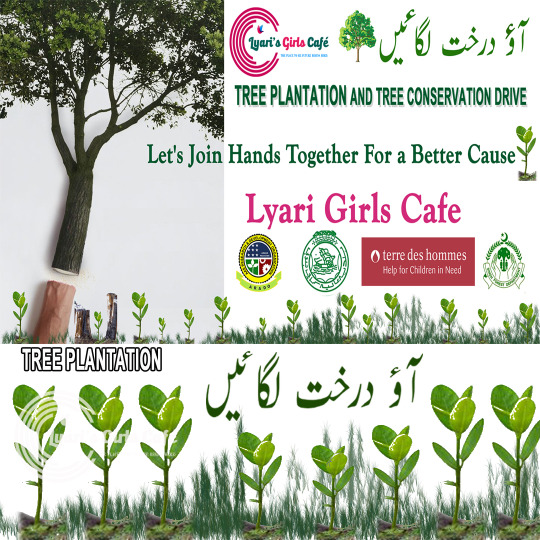
1500 #TreesPlantation and tree conservation drive. Inauguration on November 22, 2019 Let’s volunteer for the best! Let’s volunteer to protect, preserve and promote nature conservation with Lyari's Girls Cafe in collaboration with Sindh Forest Department and DMC South. . . / 🌱🚴🏽♀️ #Environnement #SayNoToPlasticBags #LyariGirlsCafe #GlobalActionMonth #GAM #LetsPlantTree #fridayforfuture
0 notes
Video
youtube
Sadzonki Świerka srebrnego
0 notes